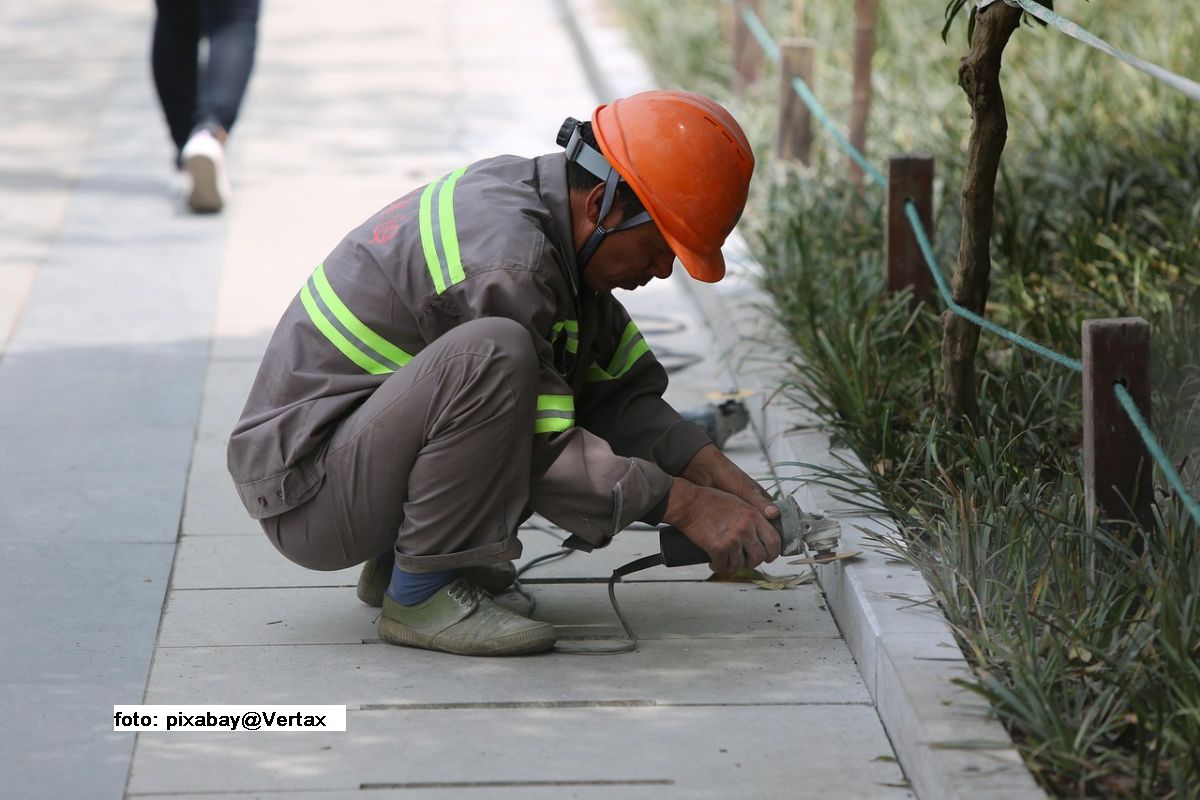Cyber bullying and its effects on young people
4 in 5 Romanian teenagers have been the target of cyber bullying.
Warning: Trying to access array offset on null in /home/web/rri.ro/public/wp-content/themes/rri/template-parts/content.php on line 53

Warning: Trying to access array offset on null in /home/web/rri.ro/public/wp-content/themes/rri/template-parts/content.php on line 98
Christine Leșcu,
31.10.2018, 12:15
In Romania, which ranks 2nd in the EU in terms of number of women working in the IT&C sector, 81% of the young women aged 16 to 24 surfed the Internet on a daily basis in 2017, by 1% more than young men the same age. Nevertheless, when it comes to young Romanians participation in online debates, their number is way below the European average. Only 16% of the young women and 20% of the young men were interested in exchanging ideas based on articles read in the media or on blogs.
While this behaviour can be explained by a general lack of interest among young Europeans when it comes to political and civic involvement, other data about refraining from telling ones opinion indicate different causes. In the EU for instance, 12% of the girls aged 15 have experienced cyber bullying, as against only 7% of boys. In Romania, a survey conducted by the IT company Bitdefender last fall shows that four out of five teenagers aged below 18 say they have been the target of cyber bullying. Experts with the European Institute for Gender Equality (EIGE) have linked cyber bullying to refraining from making any comments, especially in the case of girls.
Furthermore, how many of the teenagers actually admit they have been victims of bullying, and that this is why they refuse to express their opinions? According to psychologist Nansi Lungu, surveys only take into account those who admit to having been bullied, although the phenomenon is very likely much more widespread than any statistics can show. Usually, bullies are youngsters the same age as the victims, and usually they are familiar with each other. “The worst thing is that, as a rule, bullying is a repeated behaviour, a continued aggression against the victim, Nansi Lungu believes, and the effects on the victim can be devastating:
Nansi Lungu: “Youngsters or teenagers do not understand why they are attacked and why so much hatred is let out at them, so they may experience long-term effects, because their psychological development is still in progress at this age. They cannot prevent being bullied, because such attacks start at random, but once initiated, their frequency and aggressiveness increases.
In Romania, the main reasons for cyber bullying have to do with looks and clothing, with 67% of the messages targeting these aspects. Other reasons include the victims hobbies and day-to-day activities (30%), the financial status of their families (13%), school grades (12%) and sexual orientation (8%). These reasons are, usually, the same as the reasons for classical bullying, as cyber bullying is a continuation of real life occurrences. However, in certain respects, cyber bullying is enhanced.
Cyber bullying cannot be prevented because it is usually related to a certain context, and its apparent reasons are more often than not mere pretexts for aggressive behaviours. For this reason, emphasis should be laid on post-factum reactions and on education:
Nansi Lungu: “By and large bullies arent discouraged by the quality of counterarguments but by the number of those who stand up for the victim. And this is why the phenomenon causes so much concern, because social cohesion is low in Romania. Children do not have around examples of people standing up to bullies. They may be taught this principle in schools, but they dont see that in everyday life. Due to scarce education, or human nature at that, a former victim may sometimes turn into a bully in a certain context. As far as we accept the propagation of a certain type of hatred and aggressiveness—and online we do that, to a great extent—there will always be someone to join the group of bullies. Why? Because in this way they get a sense of power and strength, and they can no longer become victims. The attitude of bystanders should also be educated, so that they may step in more often.






























